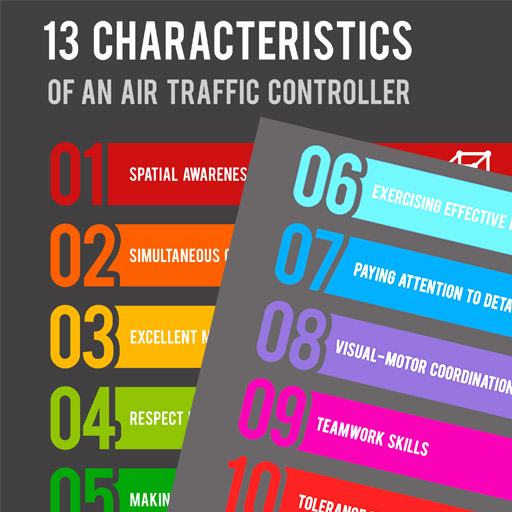As Air Safety Support International (ASSI) conducts Safety Culture Workshops in the Turks and Caicos Islands, I’m eager to learn from the experiences of others, share my own stories and get a great insight into how we behave as humans. The air traffic volume into the islands has grown and so is the propensity for things to go wrong, unless, a proactive approach to managing safety is adopted.
As Air Safety Support International (ASSI) conducts Safety Culture Workshops in the Turks and Caicos Islands, I’m eager to learn from the experiences of others, share my own stories and get a great insight into how we behave as humans. The air traffic volume into the islands has grown and so is the propensity for things to go wrong, unless, a proactive approach to managing safety is adopted.
The theme “Everyone is a safety leader” suggests that ownership of safety resides in all of us as individuals. This, of course, is only achievable if an enabling environment exists - management’s commitment and sound leadership. The safety culture then, can be seen as what people do and say when their commitment to safety in not being scrutinized.
Of interest to the whole concept of managing safety though, is understanding how we behave as humans. We have some tremendous gifts including our intuition and the ability to think forward, but also some severe challenges including our emotions, how the brain interprets what we see and our desire to be liked [and not to rock the boat].
How often have you looked for something and did not find it simply because it was not where you expected it to be. But when it is finally found, you realized that it was always there in plain sight. What this teaches us, is that we need to step back and block out our expectations and routines. This however is always easier said than done, but we must keep in mind the challenges we face and constantly work at overcoming them.
The “elephant in the room” theory is another concept that typifies us humans. We address things that are relatively less important and ignore the very obvious major issues, perhaps thinking that it will solve itself or by someone else.
As brought out in the workshop, some of the safety action blockers include the following:
- fear of being embarrased by speaking up,
- succumbing to the bystander effect,
- fear of hierarchy,
- perhaps it’s not significant,
- it’s not my job or area of expertise,
- it’s not urgent
- the fear of punishment for self or friend, and
- the paperwork involved
Here’s my question: Do you freely report unsafe conditions, and if not, what other factors inhibit you from doing so?
Apart from the workshop facilitators Nigel Allfrey, David Beaven and Jayne Woods to whom we are all greatful, the character Gopher Safety (go for safety) is the little friend we need to keep by our side as a constant reminder of our duty as safety leaders. Here are his five safety principles:
- Take personal action
- Make intelligent observation
- Be imaginative
- Make interventions
- Communicate
Many case studies and theories were explored and will continue to explored, and I could not help but note how timely this is. I’ve already begun examining my past actions and have made a few resolutions. I can relate to many of the circumstances revealed in the studies and have made a personal commitment to be a safety leader.
Group Photo: Participants of the Safety Culture Workshop. Download [4.4 MB]





 I am Wayne, a career air traffic controller. Engage me while I share my thoughts, experience, and news from the aviation world. A post titled "
I am Wayne, a career air traffic controller. Engage me while I share my thoughts, experience, and news from the aviation world. A post titled "





2 Responses
The SMS workshop was a great experience for me and it opened me up to treat safety with more importance and to encourage safety practices with my fellow firefighters.
Once there is a change in attitude, learning has taken place. The workshop organizers will be pleased to hear this. I certainly am pleased as a fellow participant. Let’s spread the fever of safety consciousness.